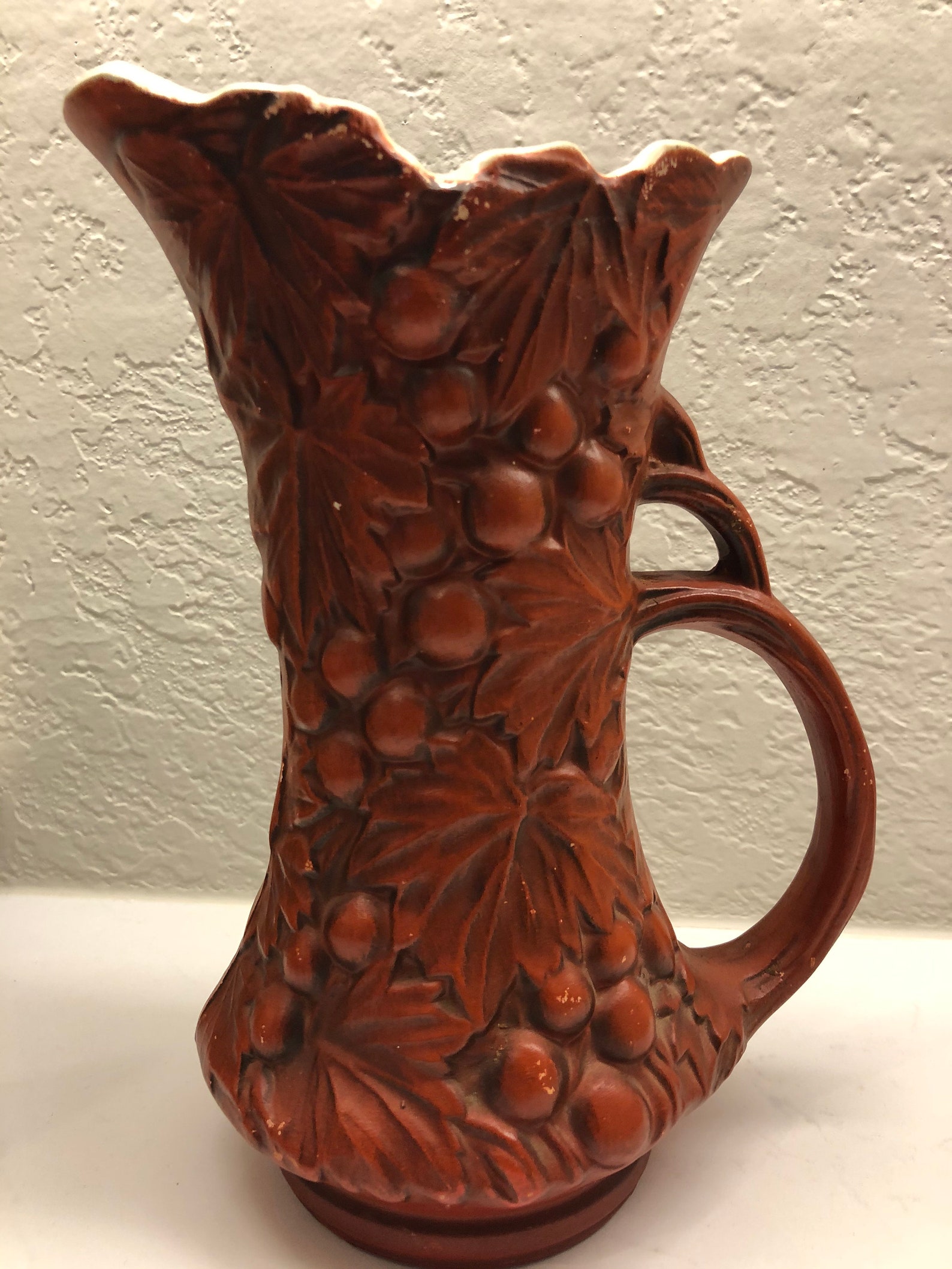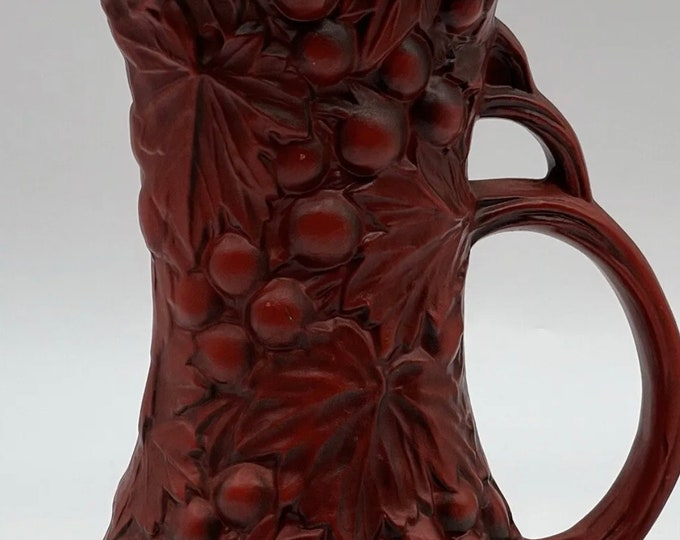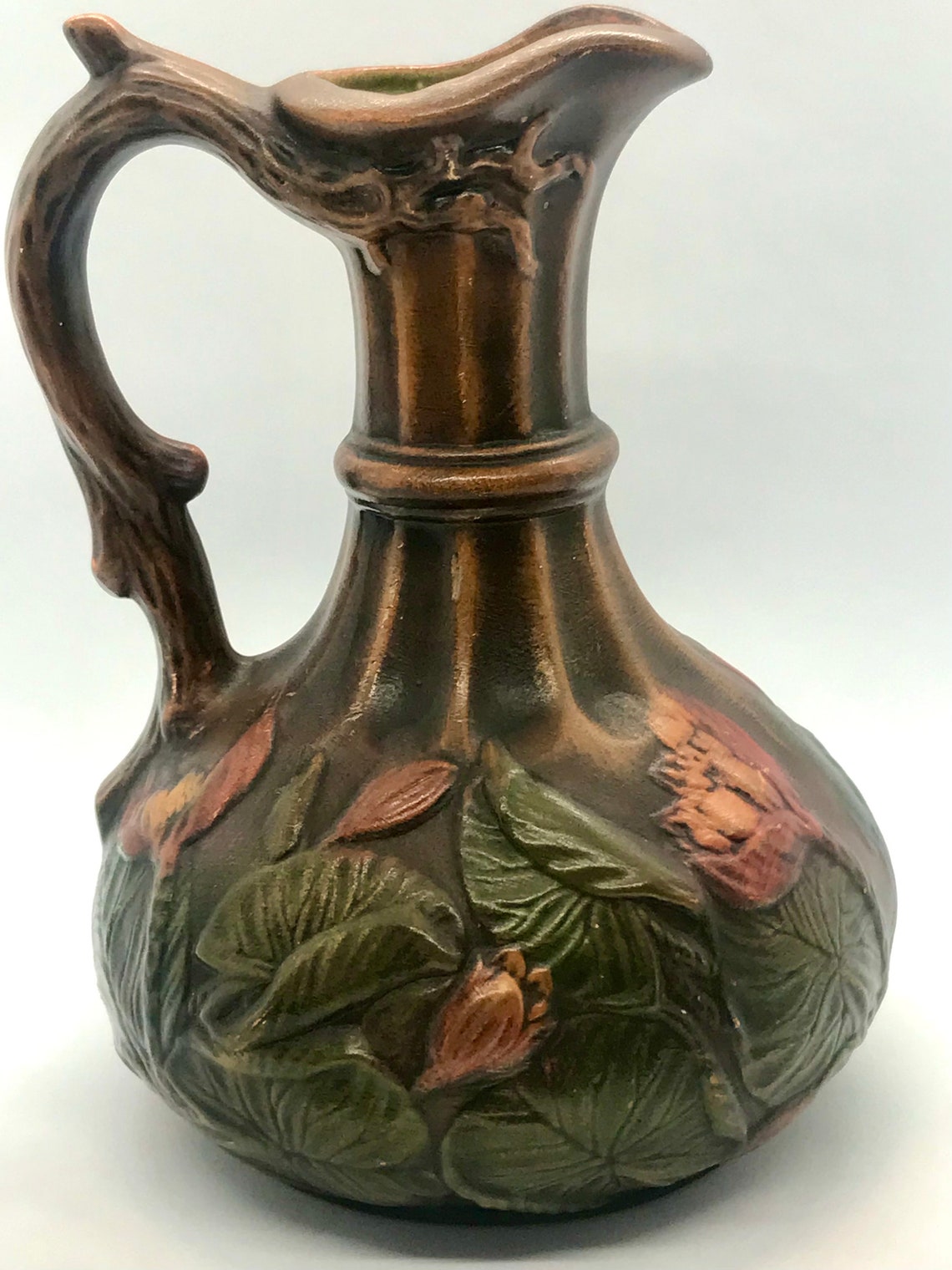Pottery Barn Dinner Plates - A Look At Tabletop Artistry
When you think about setting a lovely table, there's a good chance that Pottery Barn dinner plates come to mind, and for good reason. These pieces often bring a certain something to any meal, making everyday eating feel a bit more special. They have a way of making your food look its very best, which, you know, is really quite nice. People often look for items that feel unique or custom, something that speaks to a sense of careful creation, and these plates frequently fit that idea.
Choosing the right dinnerware can truly change how you feel about gathering around the table, whether it is for a quick breakfast or a big family supper. Pottery Barn, as a brand, offers a selection that many folks appreciate for its look and feel. They often bring out collections that work well with different home styles, so finding something that suits your place is, in a way, pretty straightforward. This makes it easier to create a coordinated look that feels just right for your space.
The appeal of these particular dinner plates comes from more than just their pretty faces; it also connects back to the long, rich story of pottery itself. From the very first items made from clay, hardened by fire, to the lovely items we use today, there is a history there. Understanding a little about how these items come to be can, in some respects, make your Pottery Barn dinner plates feel even more valuable.
- Lisa Lu Husband
- Why Are Old People So Stupid
- Nicole Perez Bodybuilder
- Christopher Dylan White
- Michael Kors Slippers Amazon
Table of Contents
- What Makes Pottery Barn Dinner Plates So Appealing?
- How Does the Craft of Pottery Connect to Your Pottery Barn Dinner Plates?
- The Basic Steps of Making Pottery and Your Pottery Barn Dinner Plates
- Different Kinds of Pottery Used for Dinner Plates
- Where Does the History of Pottery Meet Your Modern Dinner Plates?
- Ancient Roots and Modern Pottery Barn Dinner Plates
- Are Pottery Barn Dinner Plates a Good Choice for Your Home?
- Caring for Your Pottery Barn Dinner Plates
What Makes Pottery Barn Dinner Plates So Appealing?
Many people are drawn to Pottery Barn dinner plates because they seem to offer a blend of good looks and usefulness. These items, you know, are often seen as a way to bring a bit of refined style to any dining occasion. It's almost as if each plate has a story, even if it's just the story of how it fits into your daily life. They are usually made to last, which is something people really appreciate when picking out items for their kitchen and dining area.
The brand often presents dinnerware that feels both current and somewhat timeless. This means that a set of Pottery Barn dinner plates you pick up today will likely still feel appropriate years from now. They tend to have colors and shapes that are easy to mix and match with other things you might already own, or with new pieces you get later. This flexibility is, quite honestly, a big part of their charm for many shoppers.
How Does the Craft of Pottery Connect to Your Pottery Barn Dinner Plates?
To truly get a sense of why Pottery Barn dinner plates are what they are, it helps to think about the making of pottery itself. Pottery, in its simplest form, is about taking clay and other raw stuff, shaping it, and then heating it up to make it strong. This process, which has been around for a very, very long time, is what gives dinnerware its lasting quality. So, when you hold one of these plates, you're holding something that has gone through a transformation, not unlike how older, handmade pieces came to be.
- Marsha Mason Bio
- Chelsea Clinton Usaid
- Why Did Scott Caron Leave This Old House
- Lip Oil La Colors
- What Was Kendall From Love Island Exposed For
The objects created through this process are commonly useful ones, like the plates we eat from every day. The idea is that something beautiful can also serve a real purpose. This is a principle that seems to guide the creation of Pottery Barn dinner plates, where practicality meets a pleasing appearance. It's about getting items that do their job well but also look good while doing it, which is, you know, a pretty good combination.
The Basic Steps of Making Pottery and Your Pottery Barn Dinner Plates
The process of making pottery, whether it is for a small art piece or a set of Pottery Barn dinner plates, starts with skilled hands and a certain love for the craft. Clay, which is the main ingredient, is worked and shaped. This can happen on a spinning wheel or by hand. Then, the formed item needs to dry out a bit before it goes into a very hot oven, which we call a kiln. This heat is what changes the soft clay into a hard, lasting item.
Without this firing step, the clay would just crumble when it got wet. The heat makes the clay particles bond together, giving the piece its strength and durability. So, the sturdiness of your Pottery Barn dinner plates comes directly from this ancient method of heating clay. It’s a bit like baking, but for clay, and the results are something you can use again and again. This is, basically, how pottery gets its lasting form.
Different Kinds of Pottery Used for Dinner Plates
Pottery is a big family of ceramic materials, and it includes major types like earthenware, stoneware, and porcelain. Each of these has its own qualities that make it good for different things, including Pottery Barn dinner plates. Earthenware is often a bit more rustic, with a warmer, earthy feel. Stoneware is usually denser and more chip-resistant, making it a popular choice for everyday dishes. Porcelain, on the other hand, is known for being very refined and delicate, yet surprisingly strong.
For a piece to be considered pottery, it absolutely must be fired. This heat treatment is the key step that separates a simple clay shape from a true piece of pottery. So, any Pottery Barn dinner plates you pick up have been through this fiery transformation, regardless of whether they are made from earthenware, stoneware, or porcelain. This process, honestly, is what gives them their structure and ability to stand up to daily use.
Where Does the History of Pottery Meet Your Modern Dinner Plates?
Pottery has been a part of human history for thousands of years, a very, very long time indeed. It is a craft that has changed and grown over time, from simple clay pots used by early people to the beautiful works of art and useful items we see today. The earliest known pottery goes back to around 10,000 BCE, during a time when people were starting to settle down in one place and build communities. This means that the act of making things from clay is deeply rooted in human living.
This ancient connection means that when you use Pottery Barn dinner plates, you are, in a way, participating in a very old human tradition. The act of shaping clay and firing it at high temperatures in a kiln is something that has been done for countless generations. The place where these items are made by a potter is also called a pottery, showing how closely the craft and the place are linked. It's quite interesting to think about, really.
Ancient Roots and Modern Pottery Barn Dinner Plates
In looking at pottery through time, we see the work of some of the most well-known makers of items in history. Think of the striking black figures on old Greek pottery, or the simple, elegant forms from other cultures. These historical pieces show how clay has been used to tell stories, create art, and make useful things. Pottery was the first material created by humans that wasn't found in nature; it was made by changing natural stuff.
The term "pottery" refers to items made of clay that have been shaped, dried, and then fired. This fundamental process is what connects those ancient pieces to your Pottery Barn dinner plates. While the styles and tools have changed, the core idea of taking earth and fire to make something lasting remains the same. This connection gives modern dinnerware a sense of depth and history, which is pretty cool, if you ask me.
Are Pottery Barn Dinner Plates a Good Choice for Your Home?
Deciding if Pottery Barn dinner plates are a good fit for your home depends on what you are looking for in your dining items. They are generally known for their appealing designs and a certain level of quality that many people seek out. If you are someone who likes a coordinated look for your table and appreciates items that feel well-made, then these plates could be a really good option for you. They usually offer styles that are quite versatile.
The brand aims to provide items that help you decorate your home, from furniture to smaller things like plates. So, when you consider Pottery Barn dinner plates, you are also thinking about how they fit into the bigger picture of your living space. They are often designed to complement a range of home decor items, making it easier to create a cohesive and welcoming atmosphere for meals and gatherings. This can make setting the table feel less like a chore and more like an enjoyable part of getting ready for guests or family.
Caring for Your Pottery Barn Dinner Plates
Taking good care of your Pottery Barn dinner plates will help them last a long time and keep looking their best. Most dinnerware, especially those made from stoneware or porcelain, is designed for everyday use and can usually go in the dishwasher. However, it is always a good idea to check any specific care instructions that come with your particular set. Some plates, especially those with special finishes or decorations, might need a bit more gentle handling, perhaps just a hand wash.
Pottery that is left unglazed, for example, might need different care than a piece with a shiny, smooth surface. The glaze helps to protect the clay and makes it easier to clean. Knowing a little about the materials and how they are finished can help you keep your Pottery Barn dinner plates in good shape for many meals to come. It is, basically, about giving them the attention they need to remain a lovely part of your table setting.
So, whether you are picking out new items for your kitchen or simply curious about the things you use every day, understanding the background of Pottery Barn dinner plates, from their ancient roots in clay to their modern presence on your table, adds a certain richness to the experience. They represent a long line of human ingenuity, turning simple earth into something both useful and pleasing to the eye.



Detail Author:
- Name : Dr. Magnolia Zieme
- Username : glover.halie
- Email : zokeefe@gmail.com
- Birthdate : 2004-06-14
- Address : 744 Waelchi Islands Ullrichville, NJ 13797
- Phone : 1-269-380-8444
- Company : Vandervort and Sons
- Job : Production Laborer
- Bio : Enim perspiciatis eum unde aut et velit sed. Est dolor fugiat est possimus earum cum. Nostrum et et commodi tenetur ducimus facere.
Socials
linkedin:
- url : https://linkedin.com/in/weber2004
- username : weber2004
- bio : Quae omnis delectus ducimus impedit quis odio.
- followers : 6095
- following : 105
twitter:
- url : https://twitter.com/floydweber
- username : floydweber
- bio : Id necessitatibus quis eum. Ab iure officia et ducimus possimus. Sed magni eos dicta consequuntur.
- followers : 3171
- following : 787
instagram:
- url : https://instagram.com/weber1982
- username : weber1982
- bio : Nihil qui ipsa consectetur molestiae. Perferendis voluptas sed earum omnis id cumque.
- followers : 889
- following : 1763